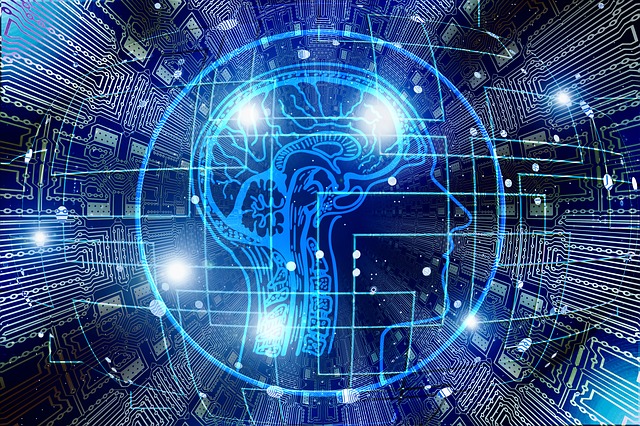People encounter an average of 5,000 ads per day. Everywhere human beings direct their eyes, there seems to be an ad waiting—especially online. The global advertising industry invests billions of dollars annually in an effort to capture the attention of consumers as they do everything from scour the Internet for anniversary present and search for directions to a coffee bar to posting pictures of their beach vacation to social media. Unsurprisingly, modern consumers have become very adept at ignoring ads. This presents digital advertisers with a formidable challenge.
The Efficient Consumer Brain
The human brain quickly determines which information is useful and worth remembering and which information should be ignored because it offers little, if any, value (and is therefore not worth the time or capacity needed to store it). For example, do you remember where you were at 11:36am last Wednesday? If you do, you were probably doing something important—perhaps having a tooth fixed, meeting your child’s teacher, or giving a career-defining presentation at a work conference. If you don’t remember, it is not because your brain is broken, but because your brain has simply decided that the information does not contain enough value to warrant being remembered and easily recalled.1 Our brains work so quickly, that we’re not even aware of its immediate, complex, and sophisticated decision-making processes. Digital advertising, of course, is all about the brain.
Digital Advertising’s Billion Dollar Question
For digital advertisers, dynamic remarketing & targeting consumers begins with convincing their brains that the information within a particular ad presents real value. This can be a daunting challenge for advertisers, especially considering that modern, media-savvy consumers often have overly discerning and sometimes outright negative attitudes towards advertisements. Their brains, in fact, have been conditioned by the repetition of countless experiences with viewing ads to filter out the ads that offer no value—or, even worse, are considered a waste of time—and to focus on the ads that do, potentially, serve a meaningful purpose. Ignoring ads is the brain’s version of time management: ignore, ignore, ignore… hmmm… click. Visual images, including words, create an immediate conversation with the human brain. The instant conversation that visual ads have with the consumer’s brain begins with presentation. But which presentation is best? Well, that is the billion-dollar question digital advertising experts want answered: There are three categories to choose from: prints ads, digital ads, and video ads.
Animated HTML5 Banner Ads: The Best of Both Worlds
Context, of course, is key to visual ads. The design, messaging and technology that surrounds an ad—whether it is appears on a laptop, smartphone, or an iPad—significantly impacts how the brain perceives it, and how the consumer interacts with it. Though the location and environmental circumstances influence a consumer’s online experience—perhaps they are browsing for new shoes on a crowded subway or simply in the kitchen researching a casserole recipe before a family dinner—ultimately, an ad achieves engagement with the brain through demonstrated relevance. For many consumers text, words, and static ads are mundane and not very engaging, particularly if they are pressed for time. And videos, though they are more dynamic and engaging than words, often require too much of a commitment from consumers whose brains do not want to indulge a narrative or video storyline that takes 30 seconds to watch.
HTML5 animated banner ads, however, are an excellent compromise that leverages the benefits of both words and videos while also eliminating their unique liabilities. Animated banner ads are not as boring and tedious as words and static displays, yet not as needy and time-consuming as video ads. In particular animated HTML5 ads are able to deliver a concise—and valuable—message in an entertaining and engaging way. The latest technologies have enhanced the HTML5 banner ad experience in previously impossible ways. HTML5 ads are able to pop off of screens into the consumers’ brain through advanced graphics and animation that immediately conveys the message, the value, and the benefit of the product or service—all while respecting the consumer’s time. Welcome to the new era of advertising, where digital technologies are helping the human brain to remember what’s important. Need some examples as proof? Check out these ads.
- Kumfor, Fiona. “How Our Brains Forget Information to Make Room for New Memories.” The Independent, Independent Digital News and Media, 7 June 2015, www.independent.co.uk/life-style/health-and-families/features/how-our-brains-forget-information-to-make-room-for-new-memories-10303164.html.






